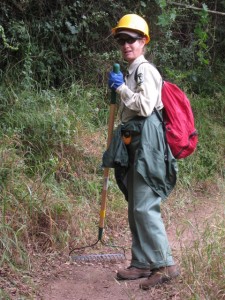The National Park Service is conducting a “special resource study” of portions of the San Gabriel River watershed and the San Gabriel Mountains. CORBA attended the previous round of public input sessions and reported on the process in 2009. In the original study proposal there were three alternatives presented, A, B, and C. We supported and recommended a combination of the areas proposed in Alternative A and the management strategies proposed in Alternative C.
In the recently released executive summary, the NPS reports that it has made the following determinations about the study area:
- Natural and cultural resources of the San Gabriel Mountains and Puente-Chino Hills are nationally significant, in that they meet all four of the NPS criteria for national significance.
- The study area is suitable for inclusion in the national park system because it represents natural and cultural resource types that are not already adequately represented in the national park system or protected by another land managing entity.
- The NPS determined that a collaborative partnership based park unit which respects the complex mix of land use, ownership, and regulatory authority in the study area would be a feasible addition to the national park system. A large traditional national park unit, owned and operated solely by the National Park Service, is not feasible.
- Need for NPS Management: NPS management in partnership with existing agencies and organizations is the best option for enhancing protection of significant resources, for improving access to recreational opportunities in the region, and for providing coordinated interpretation and education about significant resources.




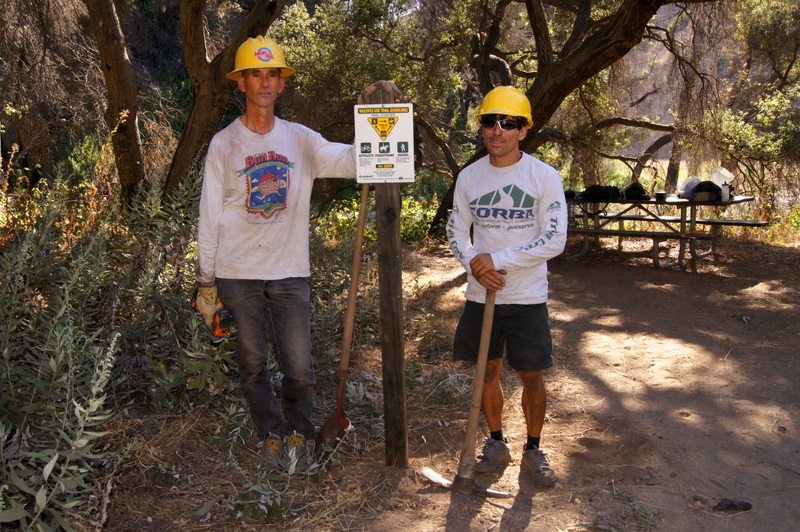

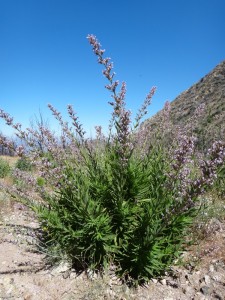
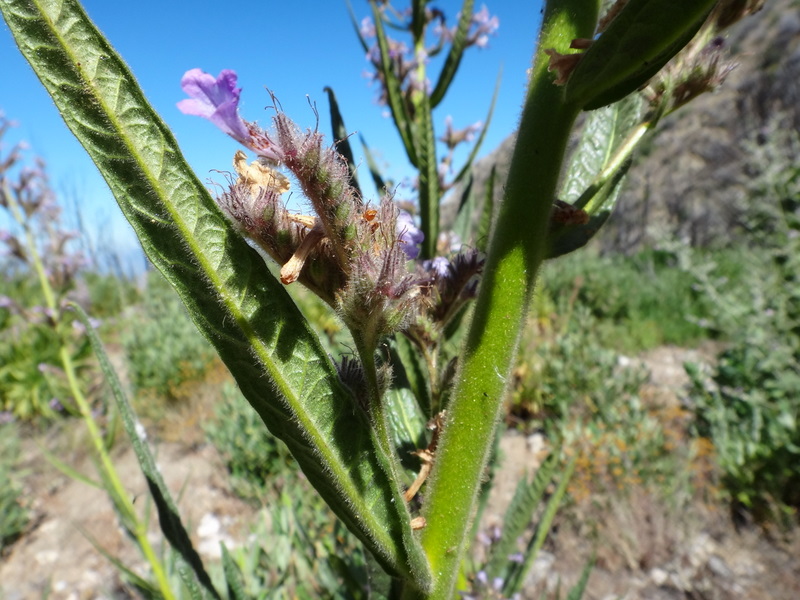

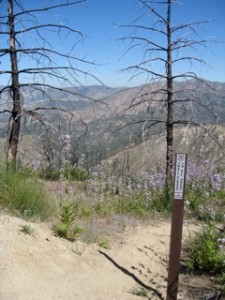
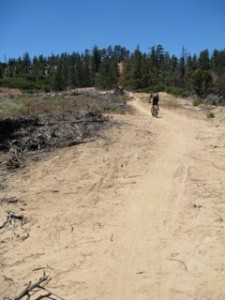
 ing blow to outdoor recreation throughout Southern California. CORBA’s Steve Messer was recently interviewed by Mountain Bike Magazine about the extensive damage and impact to the trails, and pondered on how the recovery efforts might proceed.
ing blow to outdoor recreation throughout Southern California. CORBA’s Steve Messer was recently interviewed by Mountain Bike Magazine about the extensive damage and impact to the trails, and pondered on how the recovery efforts might proceed.